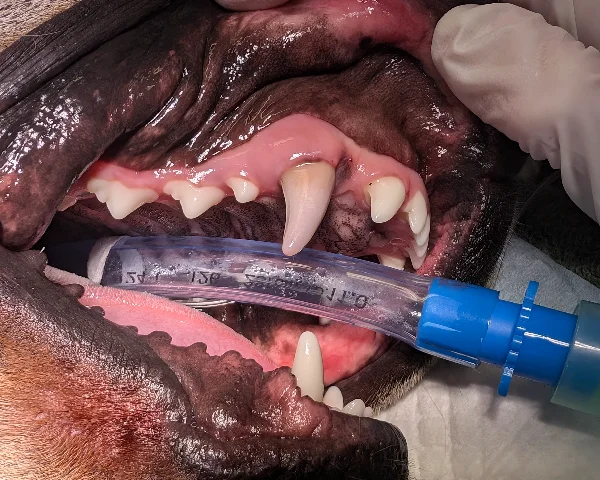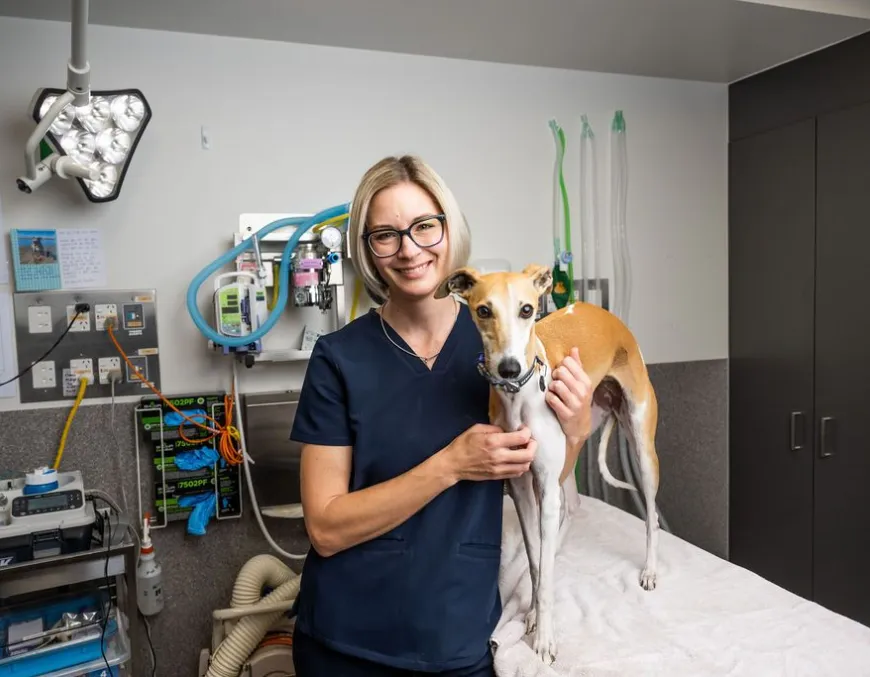Removing complex teeth safely and with minimal impact.
We often associate healthy teeth with a pearly white appearance. However, sometimes teeth develop discolouration that can’t be cleaned away because the staining comes from within the tooth itself, a phenomenon known as intrinsic staining.

Characteristics & causes of discolouration
Intrinsically stained teeth may show unusual colours, such as pink, blue or grey. This discolouration can affect a small area of the crown or extend across the entire visible portion of the tooth. Discolouration results from changes within the tooth structure.
The crown of the tooth is typically covered by enamel, a tough material that appears solid white but is slightly translucent. Beneath the enamel lies dentine, the main substance of the tooth; this is off-white. Dentine is composed of millions of dentinal tubules—small tubes that run from the enamel to the tooth’s internal pulp.
Intrinsic staining occurs when material, such as blood, is forced up the tubules and becomes visible through the enamel.
“Intrinsically stained teeth may show unusual colours, such as pink, blue or grey.”

Trauma, bruising & the importance of veterinary examination
Trauma often leads to intrinsically stained teeth. When a tooth is injured, blood from the damaged pulp travels up the dentinal tubules, causing a pink hue if caught early. As time passes, the blood changes colour and the tooth may become more purple or grey.
If you notice a discoloured tooth, it’s crucial to schedule a thorough examination with a veterinarian. Early intervention and proper treatment are essential to maintaining your pet’s oral health and overall wellbeing.
“Trauma often leads to intrinsically stained teeth.”

Treatment Options for Non-vital Teeth
Unfortunately, most teeth with internal discolouration are non-vital (dead) or have irreversible pulpitis (in the process of dying). Non-vital teeth can cause issues for pets and require proper treatment.
Veterinary Dentists usually recommend one of two treatments for these teeth:
- Root Canal Therapy: This procedure removes the necrotic material while preserving the hard parts of the tooth.
- Extraction: This involves removing the entire tooth, including the dead pulp.














